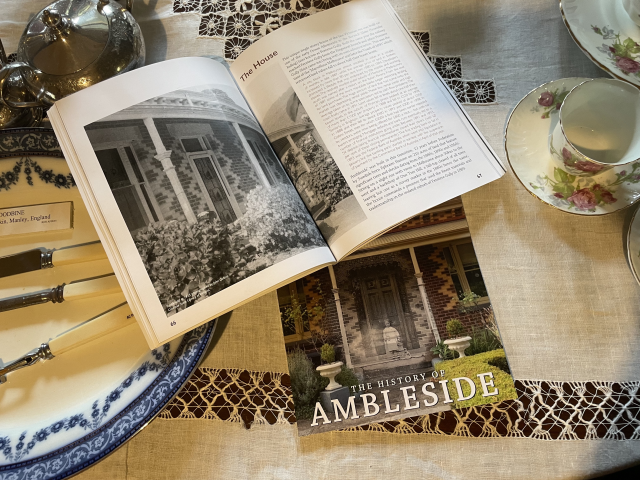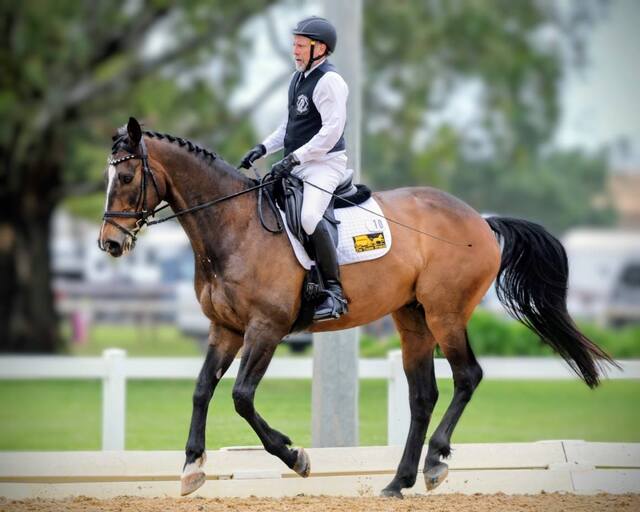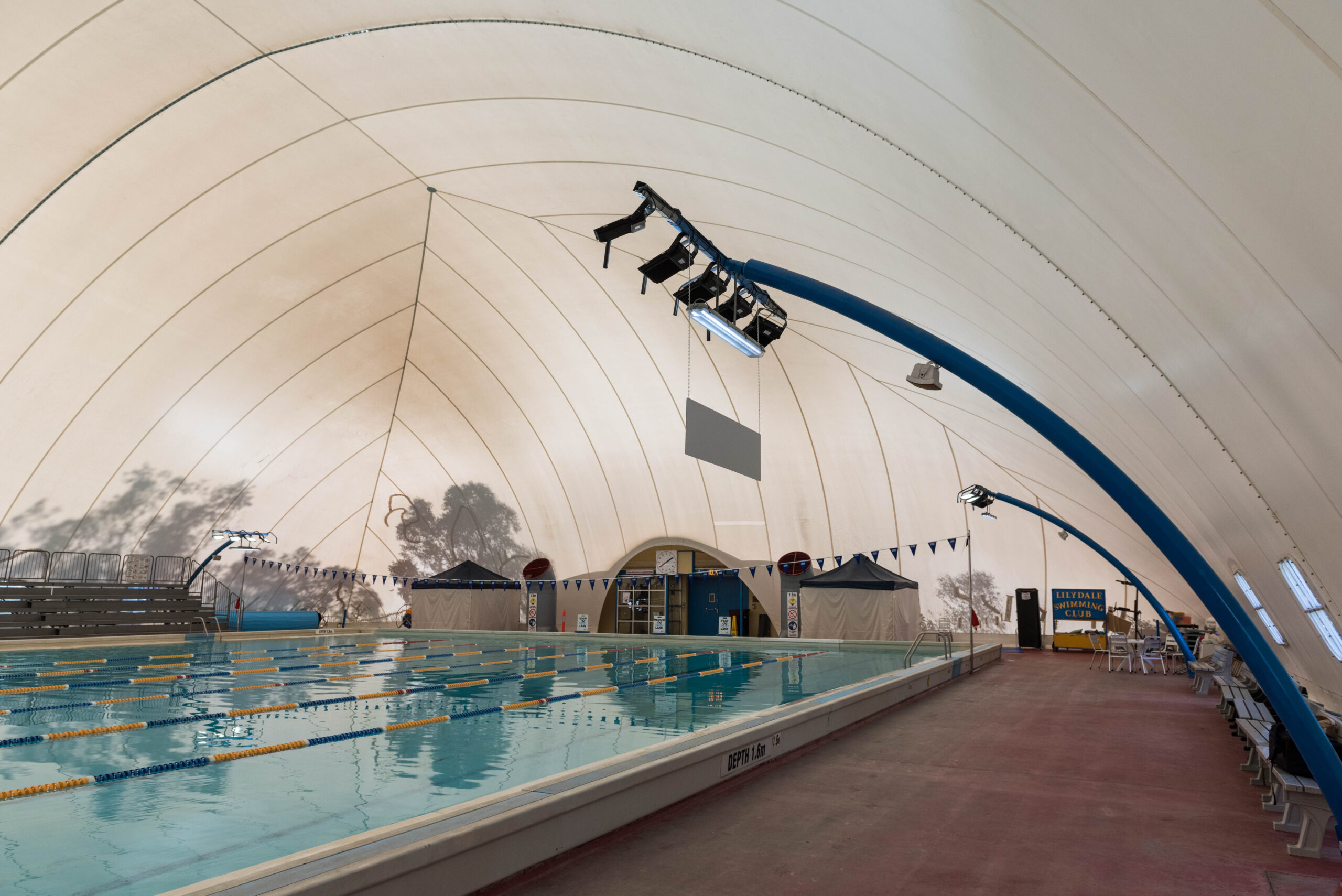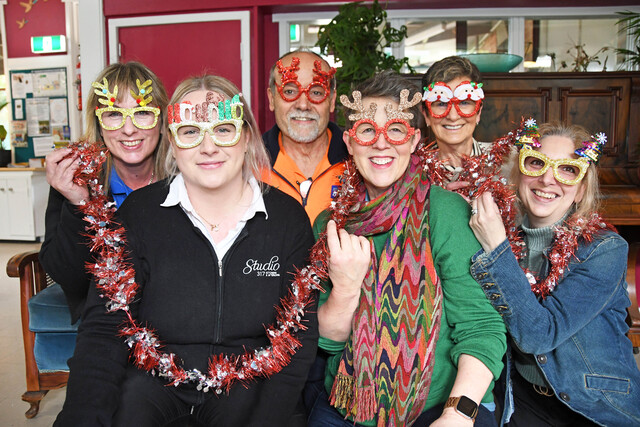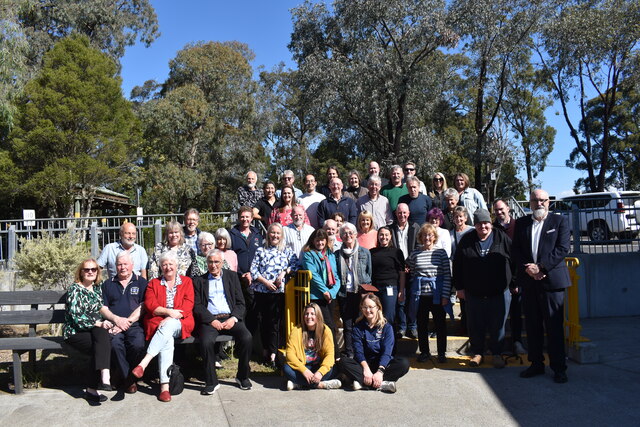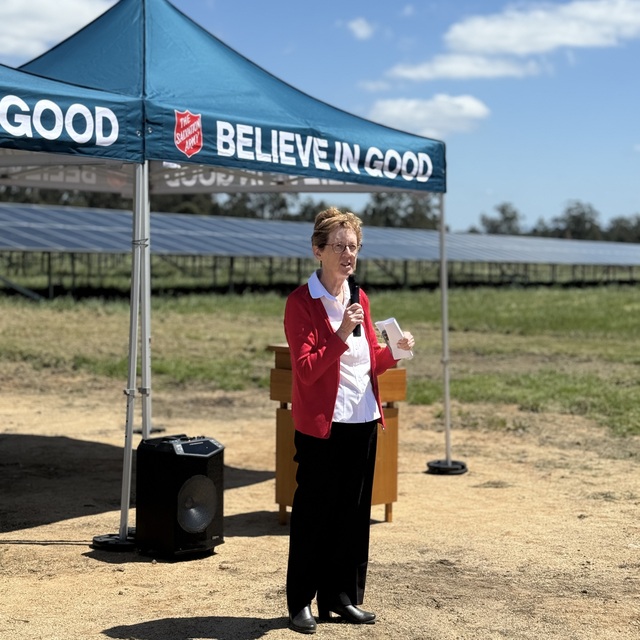A member and volunteer of the Knox Historical Society (KHS) was intrigued by the history of Ambleside Park with one member stating there was nothing on the land where the house stands today and another saying that the owner had fenced the land, built a five room slab and weatherboard home, a stable, a cow-house and a piggery, sunk two dams, had 11 acres under cultivation, planted 339 fruit trees, rung 30 acres of timber and cleared 20 acres of scrub. It turns out that both members were correct but were just speaking about different allotments.
On the 1st May 1877 Edmund Wicks, described as a “gardener,” living in Moonee Ponds, was licensed to occupy a selection of approximately 259 acres in “North Scoresby via Ringwood.” The licence was unusual in that the area covered was in two separate parcels — about 210 acres in what is now Ferntree Gully, and about 50 acres in The Basin.
Edward Wicks declared: “the dwelling was five rooms, permanently attached to the soil, he had resided on the land continuously, he had no other place of abode, his family resides on the land and he had no other business or employment and he did not own any other land in fee simple or from the crown”. The 1869 Land Act enabled the selector to peg out no more than 320 acres, then request to have the land surveyed and apply for a licence of occupation of the land for three years. After surveying, the land was given an allotment number. During the three years, a rental of two shillings per acre per annum was payable. The selector was required to cultivate ten per cent of the land, completely fence it, and prove residence for 2 years.
The lease was approved by the Board of Land and Works to Edmund Wicks of Scoresby, Gardener, on May 1, 1880 for seven years at £2 per annum per acre for allotment 75 parish of Scoresby comprising 49 acres, 4p also for allotment 53k, Parish of Scoresby, comprising 210 acres 1r and 16p Lease number 365 Fol. 72941.
Six months later, on November 29, Edmund Wicks died leaving his wife Janet to administer the estate.
This was Rod Gilberts’ inspiration, to know more, to clear the confusion and set the records straight, so with laptop and glasses in hand he delved into the archives of KHS only to discover the footsteps of Howard McComb had already passed this way and recorded the lease deeds after spending many long hours at the Lands and Title Office in 1970. McCombs’ exact text is printed brown and became the basis of the book for the acquisitions of the land.
With a sound knowledge of colonial architecture and together with the room-by-room typed notes from the 1951 Vacant Possession Auction; the Rate Books for Berwick and Scoresby Ridings, letters from the National Trustees (and the door hinges in the house), the story of Swedish immigrant brother, Ephraim Hansen, who arrived in the 1860s and finally settled in Ferntree Gully, made his mark on the landscape and constructed a Hawthorn brick Victorian villa in 1889. Built with monies from his father in-law’s estate, Ambleside not only had a viewing platform on the roof and lacework on three sides, the homestead featured a front room and three bedrooms for the family, a Parlour and Dining room each with their own exterior entry for guests, a ‘middle-room’ with an unusually elaborate back door that once led to the Kitchen and washhouse at the rear. The original two-room stone cottage that predates the house hides out the back and a careful examination reveals the wooden shingle tiles under the corrugated iron roof.
Ambleside has had only two owners before being bequeathed to the City of Knox to become the headquarters of Knox Historical Society. Open most Thursdays and Fridays at 10am and Sundays from 1pm, a self-guided tour of this magnificent and unique historical museum on a two-acre site creates a clearer image of life at the turn of the 20th century and now with the corrected history to match.

